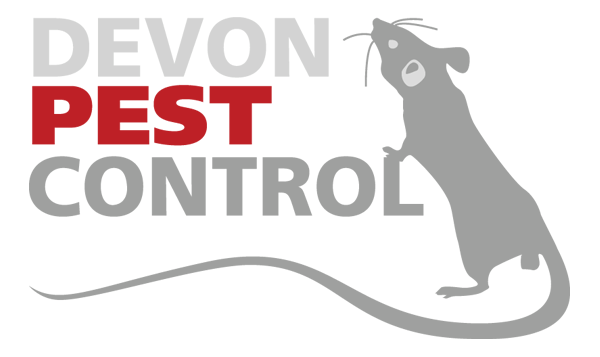Flea Infestations
In September and October we typically see an increase in the number of calls we receive about fleas. The theme of biting/stinging insects is present throughout the summer months however these biting insects are not restricted to just the summer. As the weather turns colder, warm conditions are a must for many pests to survive and fleas are no exception to that.
What do they look like?
- Brown/reddish in colour
- Adults grow to around 3mm long
- They have flat bodies
- Long back legs to enable them to jump
- No wings
- Claws on the end of their legs to enable them to hold on to their host
Life Cycle
The treatment of flea infestations can vary depending on the stage of the life cycle. Adult fleas will lay eggs. These are small and white in colour. These eggs then hatch into larvae, which are maggot like in appearance and will feed on dead skin cells and adult flea faeces as this contains dried blood. The next stage is the pupa stage. The pupa create silken cocoons to then emerge as adults. Once an adult, the flea is in search of a blood meal and a reproductive partner.
What do they eat?
Blood is the staple diet of all adult fleas. Once they have found a host that provides warmth and food, they begin to reproduce. This can seem like an alarming rate due to the different stages of their life cycle. Fleas can remain in the larvae stage for some time whilst waiting for a suitable host to become available.
Where will you find them?
Fleas require blood and warmth to survive. They can be found on a variety of hosts; cats, dogs, birds, rats, mice and rabbits to name a few. Due to their ability to jump large distances, they are not limited to just their initial host location. If your pet for example has fleas, then wherever your pet goes, the chances are there are fleas there too. Key places to check are dog and cat beds as these can be prime locations to harbour a flea infestation. It is good to be mindful that certain environmental factors can influence the emergence of flea infestations such an increase in carbon dioxide levels, vibrations like when you hoover and heat, in the house and from your body.
How to treat fleas?
If you have an infestation of fleas in your house, then it is strongly recommended that you call in a professional to deal with the problem.
There are however, some things you can do the help before then.
- It is good practice to hoover the premises thoroughly, moving any side boards, sofas and beds to get into all those hard to reach places. Fleas can find locations that are undisturbed and remain there for some time without you even knowing about it.
- Make sure your pet is up to date on their flea treatments
- Cleaning or disposing of any dog/cat beds as these are prime sites that harbour fleas
- Thoroughly clean the house in all rooms, fleas can jump some considerable distances so they will not be contained to just one area of the house
- Dispose of any hoover bags or collection pockets away from the house and in a sealed container as to not contaminate areas
- When hoovering, it is suggested to empty the hoover bag or collection pocket after each room as the likelihood of the infestation spreading is higher as you move the hoover from room to room.
Flea infestations can cause real disruption to your day to day life, so if you think you may have a problem, please do not delay and give us a call today!






